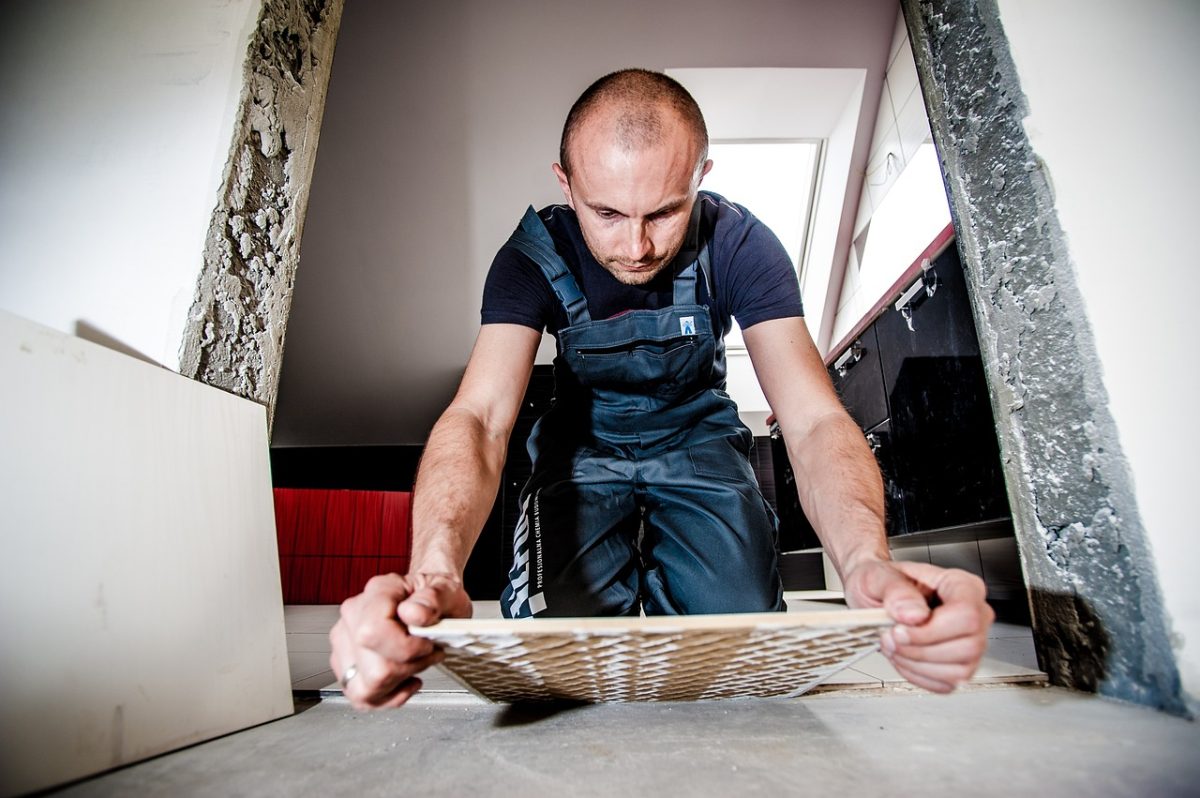Today we are going to talk about adding a sunroom to your home. This modern and practical property extension is an ideal solution for creating an additional living room in your home. It will allow you to benefit from natural light while remaining protected in an enclosed environment. The aim of this article is to explain how you can add a conservatory to your home to create additional living space.
The advantages of a veranda
A veranda has several advantages. It brings a touch of modernity and comfort to your home. Here are a few :
Gain of light and heat
By adding a conservatory to your home, you benefit from additional natural light. You will thus be able to enjoy optimal visual comfort while saving on artificial lighting. This additional room also brings natural warmth to your home, thanks to the carefully selected materials.
Possibility of using the veranda all year round
The veranda is a room where you can feel comfortable at any time of the year. It allows you to appreciate nature while remaining protected from bad weather. You can arrange it as you wish to create a warm and friendly living space.
Valuation of the house
By adding a sunroom to your home, you increase its property value. It’s an excellent way to invest in your home while optimizing your comfort of life.
Extension of the house does a building permit be required?
It is strongly recommended not to undertake work to extend your house without a building permit, if one is required. The building permit is an administrative authorization issued by the town hall, which guarantees that the work complies with the town planning rules in force.
Adding a conservatory to your home does not require planning permission. You can benefit from this practical and modern real estate extension. YOU find house extension ideas on illico-travaux.
Rules regarding building permits vary between countries, regions and municipalities. In certain cases, small extension or development works can be carried out without a building permit, provided that certain conditions are respected (surface area, height, distance from the property boundaries, etc.). It is therefore essential to contact your town hall or consult the local urban planning plan (PLU) to find out the rules applicable to your situation.
Undertaking a house extension without a building permit, even though it is required, can have serious consequences. The authorities may require you to demolish or modify the work carried out illegally, which may result in additional costs and financial losses. In addition, criminal sanctions and fines may be imposed in the event of non-compliance with town planning rules. Finally, an illegal extension can cause problems when selling your house, as potential buyers and banks may be reluctant to finance a property with irregularities.
To avoid these problems, it is always best to check the conditions for obtaining a building permit before undertaking extension work. If a permit is required, be sure to obtain it and follow the associated rules and deadlines.
Types of veranda
It exists different types of veranda. You can make your choice according to your needs and your budget:
Aluminum veranda
This is one of the most common types of conservatory. It is strong, lightweight and easy to install. Aluminum is also a corrosion and weather resistant material.
Wooden veranda
The wooden veranda is a choice of charm and elegance. It fits perfectly into a natural environment and brings a touch of warmth to your home. However, wood requires regular maintenance to preserve its initial appearance.
PVC veranda
The PVC veranda is the most economical. It is lightweight, easy to clean and weather resistant. It is ideal for areas with high humidity.
Steps to add a veranda to your home
Adding a veranda to your home requires following different steps. Here’s what you need to do:
- Assessment of needs and constraints: Before embarking on the construction of a veranda, you must define your needs and constraints in terms of space and budget.
- Choosing the type of conservatory and materials: Select the type of conservatory and materials taking into account the area where you live and the style of your home.
- Request quotes from professionals: Request quotes from qualified professionals to get an idea of the cost of the work.
- Obtaining administrative authorizations: Depending on the size and location of the veranda, you must obtain administrative authorization before starting the work.
- Veranda installation work: Veranda installation work is carried out by a qualified professional. This ensures compliance with safety and construction standards.
- Decoration and layout of the additional room: You can now arrange your veranda to make it a comfortable and welcoming space.
Precautions to take
It is important to take precautions when building a conservatory. Here’s what you need to do:
- Comply with construction and safety standards: Ensure that work complies with construction and safety standards to avoid accidents.
- Avoid common mistakes when building a conservatory: It is common to make mistakes when building a conservatory. It is therefore recommended to call upon a competent professional to avoid errors.
- Call on qualified professionals: To build a veranda, it is recommended to call on qualified professionals. They can help you choose the type of veranda best suited to your home, carry out the work as quickly as possible and guarantee the quality of their work.







